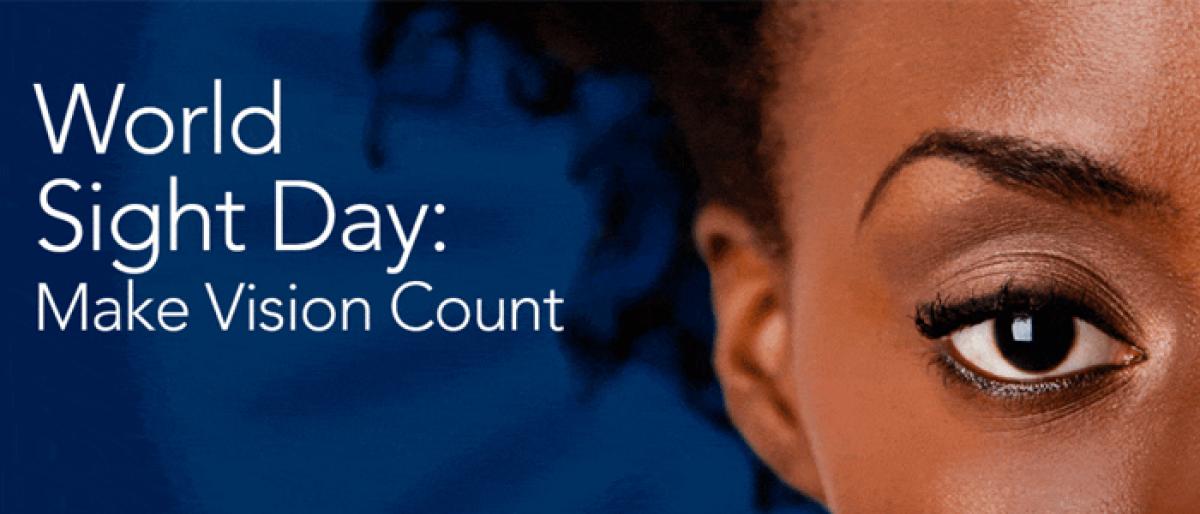Cataract management has evolved to refractive surgery (October 11 is World Sight Day)

Cataract is caused due to the opacification of the natural lens in the eye, leading to cloudy vision It is a common occurrence in the elderly and a commonly performed surgery across the world
Cataract is caused due to the opacification of the natural lens in the eye, leading to cloudy vision. It is a common occurrence in the elderly -- and a commonly performed surgery across the world.
The management of cataract has evolved recently from a stage of visual restoration to a stage of refractive surgery. Several new technologies have come up over the recent past to achieve this outcome.
Femtosecond laser cataract surgery is now the most popular method used and has recently gained more importance. It is an ultrashort pulse infrared laser used in making clear corneal incisions to create an opening in the cataractous lens to break down and remove the cataract.
This enhances the precise quality of the incision and makes the opening in the lens perfectly circular with a required size making it more predictable. The use of femtosecond laser further simplifies cataract surgery and increases the ease and precision of the surgery.
Another technique used is the Zepto precision pulse capsulotomy which makes a precise circular opening in the cataract and is especially beneficial in cases of white intumescent or hard brown cataracts.
Recent advances in the intraocular lenses (IOLs) -- the artificial lenses which are inserted in the eye after removing the cataract -- have revolutionised cataract surgery.
The various advanced lenses available in the market are aspheric lenses, presbyopia correcting IOLs like multifocal IOLs, accommodative IOLs and extended depth of focus IOLs.
These help in eliminating the use of glasses both for distance and near vision. Based on various mechanisms, they are divided into different categories. Multifocal IOLs are the ones which are bifocals or trifocals, where the image is focused in more than one point, helping in both distance and near vision.
However, due to the split of light, there may be some amount of loss of contrast sensitivity as well as night vision difficulties.
Accomodative IOLs function by forward and backward displacement of lenses, but several factors post cataract surgery may influence the outcome of these type of IOLs.
At present, the extended depth of focus IOLs are being widely used. They have an increased range of focus which help in intermediate and near vision. To implant these lenses, the patient needs to be counselled thoroughly about the expected outcomes.
The intraocular materials used also play a major role in the surgical outcome. Viscoelastic devices are used to protect various structures inside the eye from damage during the surgery.
They coat the inner layers of the eye and prevent any sort of damage to the eye. They help in smoothening the surgical course and prevent unnecessary complications.
The solutions used in the eye also evolved such that they resemble the normal fluids present in the eye and do not cause any sort of reaction. All these enhance early rehabilitation and better outcomes in cataract surgery.
Proper, systematic testing of the patient and selecting the given technology based on the patient's requirement is equally important. Proper education of the patient is necessary and is a mandate for their satisfaction with the outcomes of the cataract surgery.










